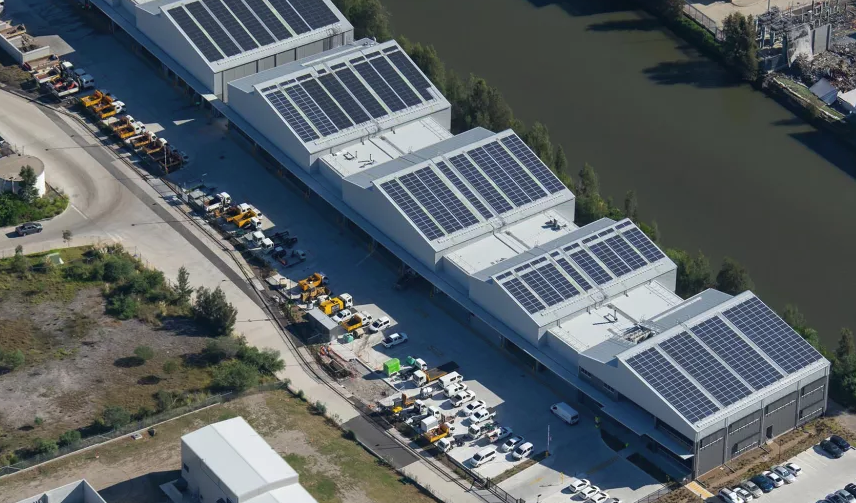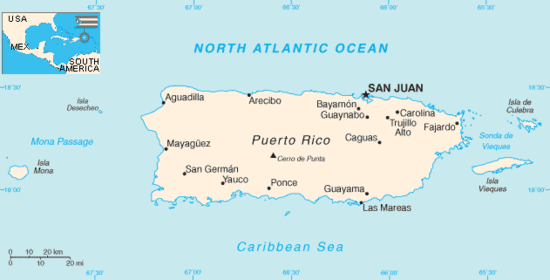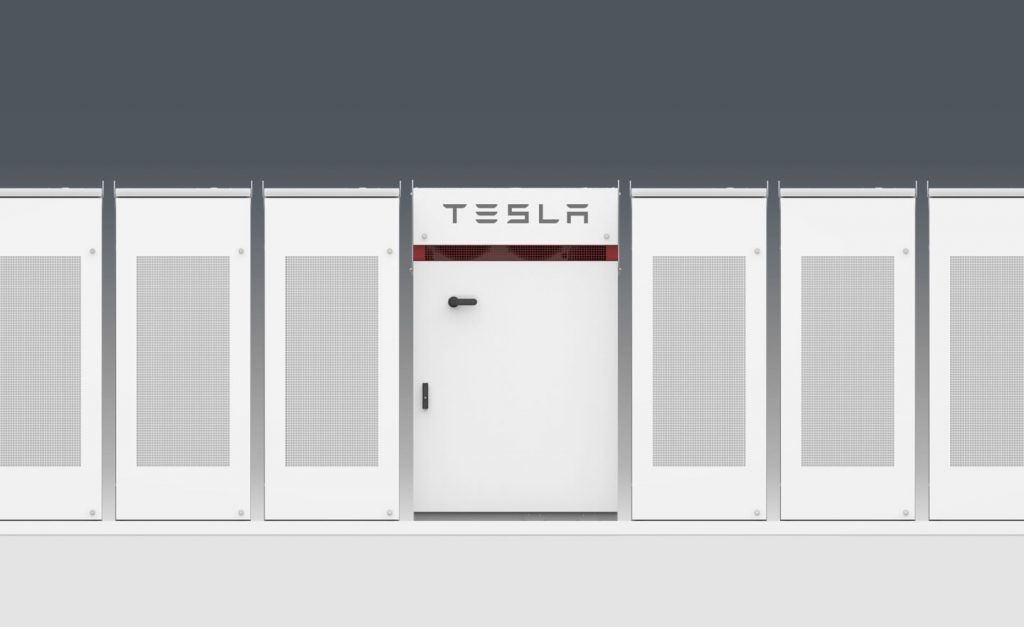The Alexandra Canal transport depot was officially opened by Sydney Lord mayor Clover Moore on Wednesday. It’s powered by 1,600 PV solar panels and also includes a Tesla Powerwall/Powerpack battery which has 500 kWh of energy. It represents the first time solar has been combined with large-scale energy storage in NSW – just like Tesla’s South Australia battery venture earlier this year.
Alexandra Canal transport depot solar

The Alexandra Canal transport depot will have the first government-installed Tesla battery for NSW – following suit from Victoria and South Australia who have already got similar setups. Lord mayor Moore took a look at the facility this week and had some high praise and explanation for the government’s future renewable plans:
“Growing the uptake of renewable energy is critical in combating the worst impacts of climate change,” Ms Moore said, adding:
“We’re working towards a target of 50 per cent of all electricity in the City of Sydney area to come from renewables by 2030.
“To help us achieve that target we’re covering the roofs of our properties with as many solar panels as possible. By mid-2021, we expect to have more than 7800 solar panels on the roofs of our properties. As the mix of storage and generation on our electricity grid changes, solar solutions like this could provide reliability and resilience to our electricity network and potentially prevent blackouts,”
The Tesla Powerpack batteries will be remotely managed by TransGrid and will be the first cab off the rank for a plan which will see Sydney install 1.5MW of battery storage on top of council buildings – with the goal of making their city 50% renewable in the short term.
TransGrid boss Paul Italiano discussed the project with the Sydney Morning Herald:
“This initiative with the City of Sydney will afford the depot a significant amount of energy self-sufficiency while also sharing benefits with the wider community through the electricity network,” Mr Italiano said.





